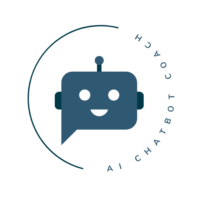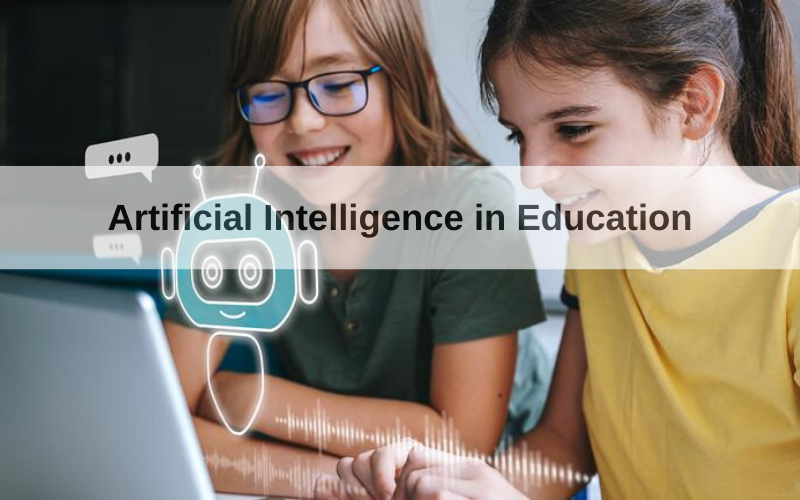
Artificial Intelligence (AI) is reshaping the classroom, offering innovative solutions to enhance teaching and learning. From personalized learning platforms to intelligent grading systems, AI is transforming education in ways that were once unimaginable. Here are 5 ways AI is reshaping the classroom:
- Personalized Learning: AI-powered platforms adapt to individual student needs, providing customized learning experiences.
- Automated Grading: AI saves teachers time by automating assessments and providing instant feedback.
- Virtual Tutors: AI-powered virtual tutors offer 24/7 support, helping students with homework and exam preparation.
- Smart Content: AI curates and delivers tailored educational resources, ensuring students have access to relevant materials.
- Data-Driven Insights: AI analyzes student performance to provide actionable insights for educators.
Real-World Examples For AI In Education
Many EdTech companies and institutions are leveraging AI to transform education:
- Squirrel AI: This Chinese EdTech company uses AI to deliver personalized tutoring, helping students improve their academic performance.
- Third Space Learning: An online math tutoring platform that uses AI to analyze student interactions and provide feedback to tutors.
- Content Technologies, Inc. (CTI): This company uses AI to create customized textbooks and learning materials for students.
Challenges and Ethical Considerations
While AI offers numerous benefits, there are challenges to consider. Data privacy is a major concern, as AI systems rely on vast amounts of student data. Additionally, there’s the risk of over-reliance on technology, potentially diminishing the role of human educators. Ethical considerations, such as bias in AI algorithms, must also be addressed to ensure fairness and inclusivity.
The Future of AI in Education

As AI technology continues to evolve, its role in education will only increase. From immersive learning experiences to AI-powered virtual classrooms, the possibilities are endless. By embracing AI, we can create a future where every student has the tools and resources they need to succeed.
Actionable Steps for Educators
- Explore AI Tools: Experiment with AI-powered platforms like Squirrel AI and Third Space Learning.
- Focus on Data Privacy: Implement robust data protection measures to safeguard student information.
- Promote Collaboration: Encourage collaboration between educators and AI experts to develop effective solutions.
- Monitor Impact: Continuously evaluate the impact of AI on student outcomes and make adjustments as needed.
Conclusion
AI is reshaping the classroom, offering innovative solutions to enhance teaching and learning. By leveraging AI, we can create a future where education is more personalized, efficient, and inclusive. The role of AI in Education is only beginning, and its impact will continue to grow as technology advances.
Conversational AI Solutions for Education Innovators
AI is transforming education—from personalized learning to automated grading and 24/7 tutoring. At AI Chatbots Coach, we build smart chatbots for education companies and institutions, helping you streamline teaching and support.
Ready to embrace AI in your classroom or EdTech platform? Let’s build your custom chatbot with AI Chatbot Coach—contact us today on headhoncho@aichatbots.coach
FAQs:
1. How is AI used in the classroom today?
AI in the classroom is used to personalize learning, automate grading, and provide virtual tutors that support students 24/7. It also helps teachers by offering smart content and analyzing student data for better teaching strategies. These AI education tools make learning more efficient and customized for every student.
2. What are the benefits of using AI in education?
AI in education helps students learn at their own pace and gives teachers more time by handling tasks like grading. It also provides instant feedback, offers tailored content, and helps identify where students need extra support. Overall, it creates a more engaging and personalized learning experience.
3. Can AI replace teachers in schools?
No, AI cannot replace teachers. While AI tools can support learning with personalized help and smart feedback, teachers are still needed for emotional support, creativity, and critical thinking. The best results come when teachers and AI work together in the classroom.
4. What are the challenges of using AI in education?
Some challenges include keeping student data safe and making sure AI tools are fair for everyone. There’s also a risk of relying too much on technology and not enough on human interaction. Educators need to use AI responsibly to protect privacy and avoid bias in learning systems.

